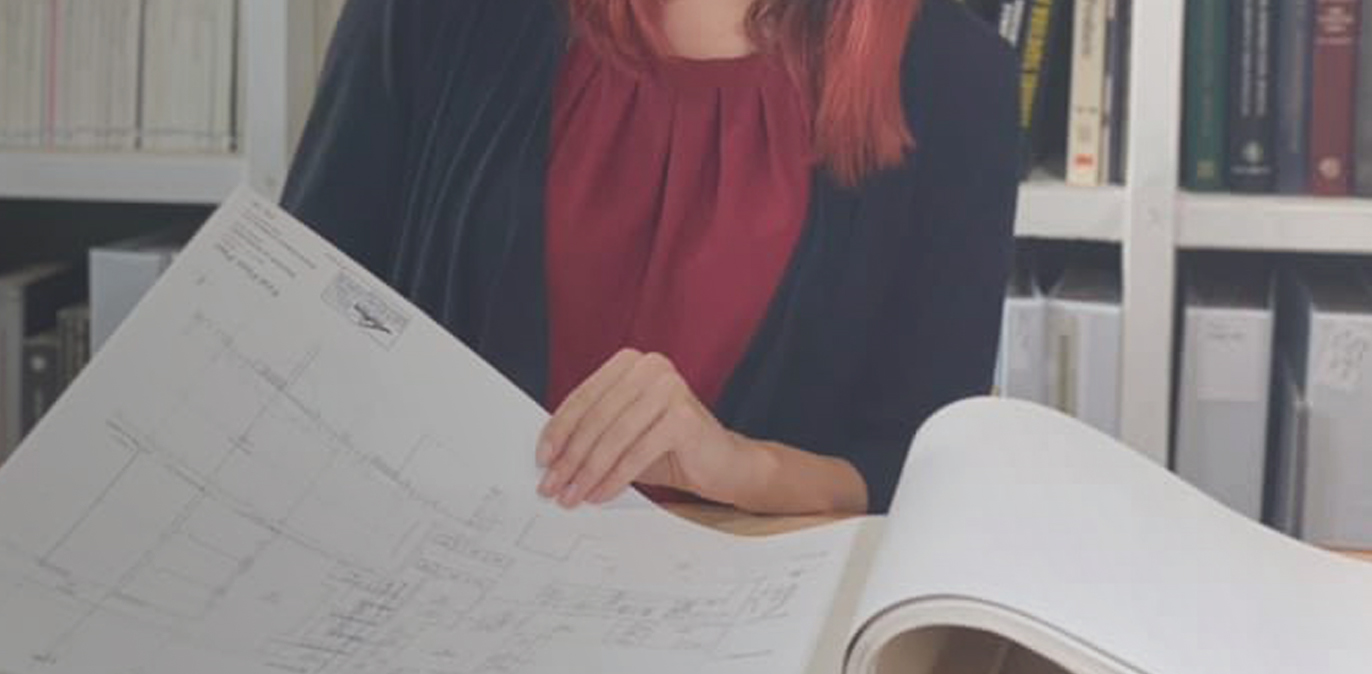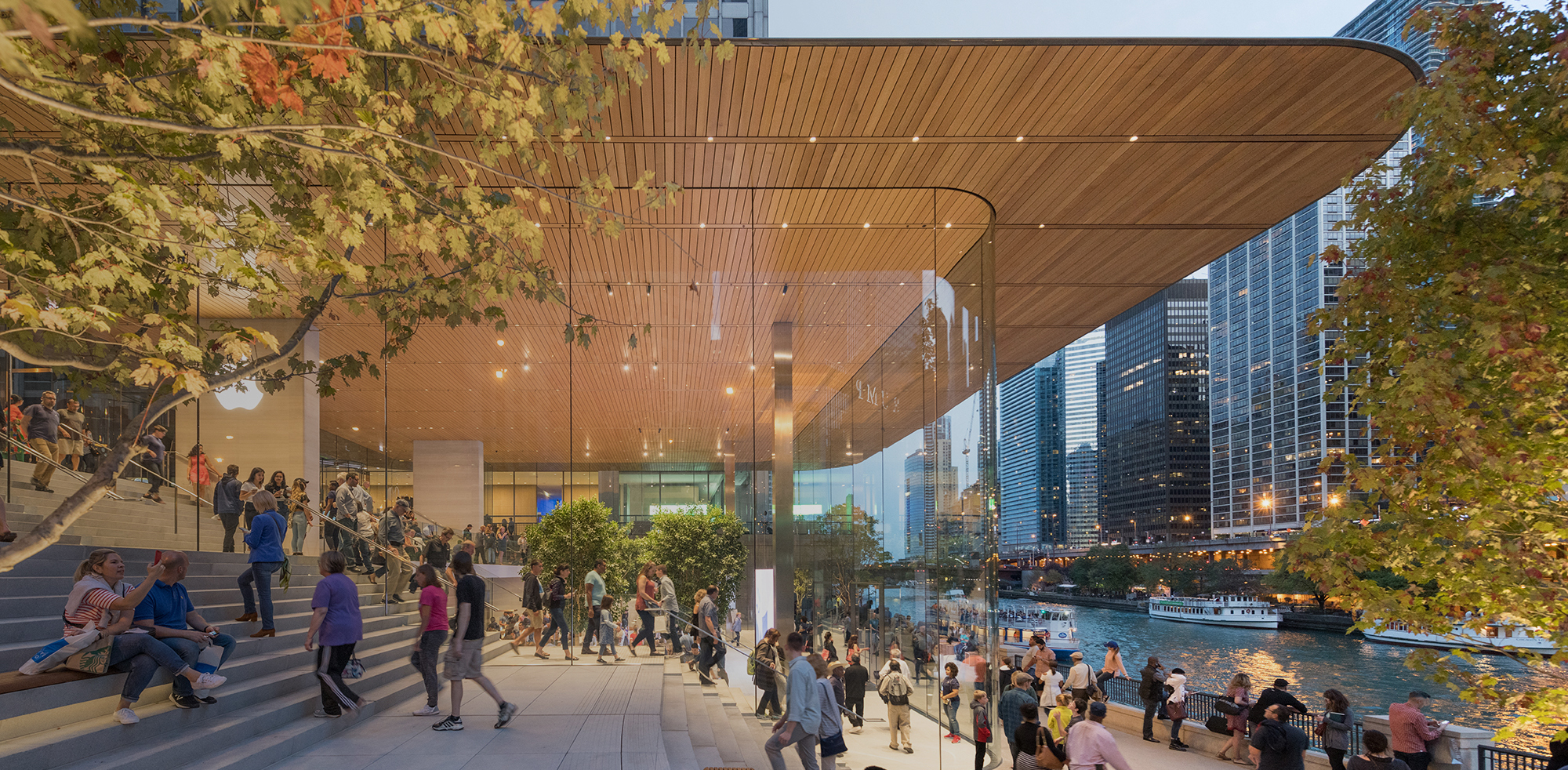Cities across the globe are creating new public spaces out of neglected areas and revitalizing abandoned infrastructure. Submit projects that contribute to urban development and change to the Architecture +Urban Transformation category in the 11th Annual A+Awards program.
Ildefonso Cerdà, the designer of Barcelona’s famed Eixample expansion, first coined the term “urbanization” in 1987. The concept was explored in his book, General Theory of Urbanization, which outlined a new philosophy for the rational development of cities — or, as he put it, the “science of making cities.” In his planning and his writing, Cerdà was interested in exploring how industrialization and burgeoning forms of transportation could transform the very idea of what a city could be. For him, cities are complex systems.
His theory grew from an attack on the word “city” itself, whose roots in the Latin term civitas placed more emphasis on the political underpinnings of collective society. While civitas emphasized citizens’ laws and rights, Cerdà pointed out that the Roman term for Urbs referred instead to the material collection of buildings and infrastructure. If cities were passive products of human activity, his nascent science of “urbanism” would actively shape human social structures.

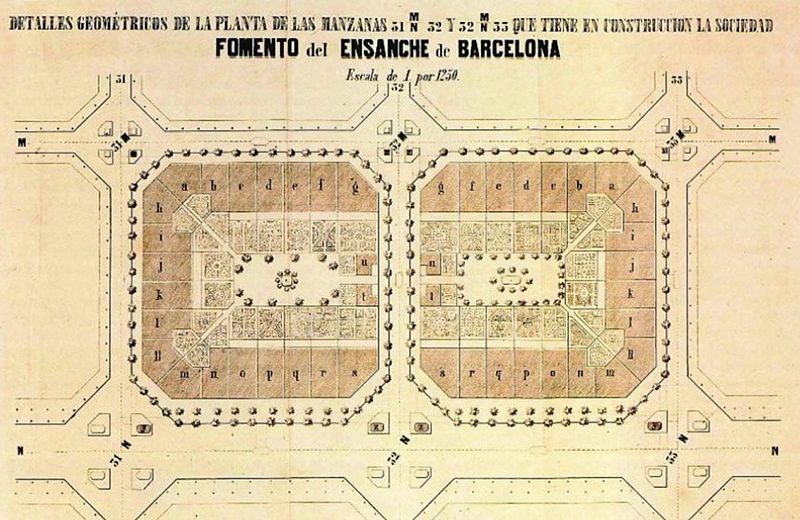
Ildefons Cerdà, Drawings for the extension of Barcelona (Eixemple). Images via Wikimedia.
Reinforced by the success of Barcelona’s extension, Cerdà’s thought gave rise to a new discipline that broadly affected the economic, social, and cultural lives of urbanites worldwide. Now, 150 years later, urbanism and urbanization are standard terms widely used around the world. With many cities now long-established, the discipline is at another crossroads.
Transformation of the existing urban fabric now holds equal importance to its expansion. Architects and urban planners are currently working with experts in other disciplines to adapt cities to our changing world by revitalizing abandoned infrastructure, preparing for climate uncertainty, creating new public spaces out of neglected areas, and, more broadly, building new ways for the world’s citizens to live more densely within the existing urban fabric.
Over the past century and a half, it has only become more clear that urban solutions are not universal and cannot be prescribed; by necessity, urban plans are profoundly relative, contextual interventions that involve making multidimensional changes to the fabric of the city. The diversity of A+Awards winners in Architizer’s urban and masterplan categories demonstrate this complexity.
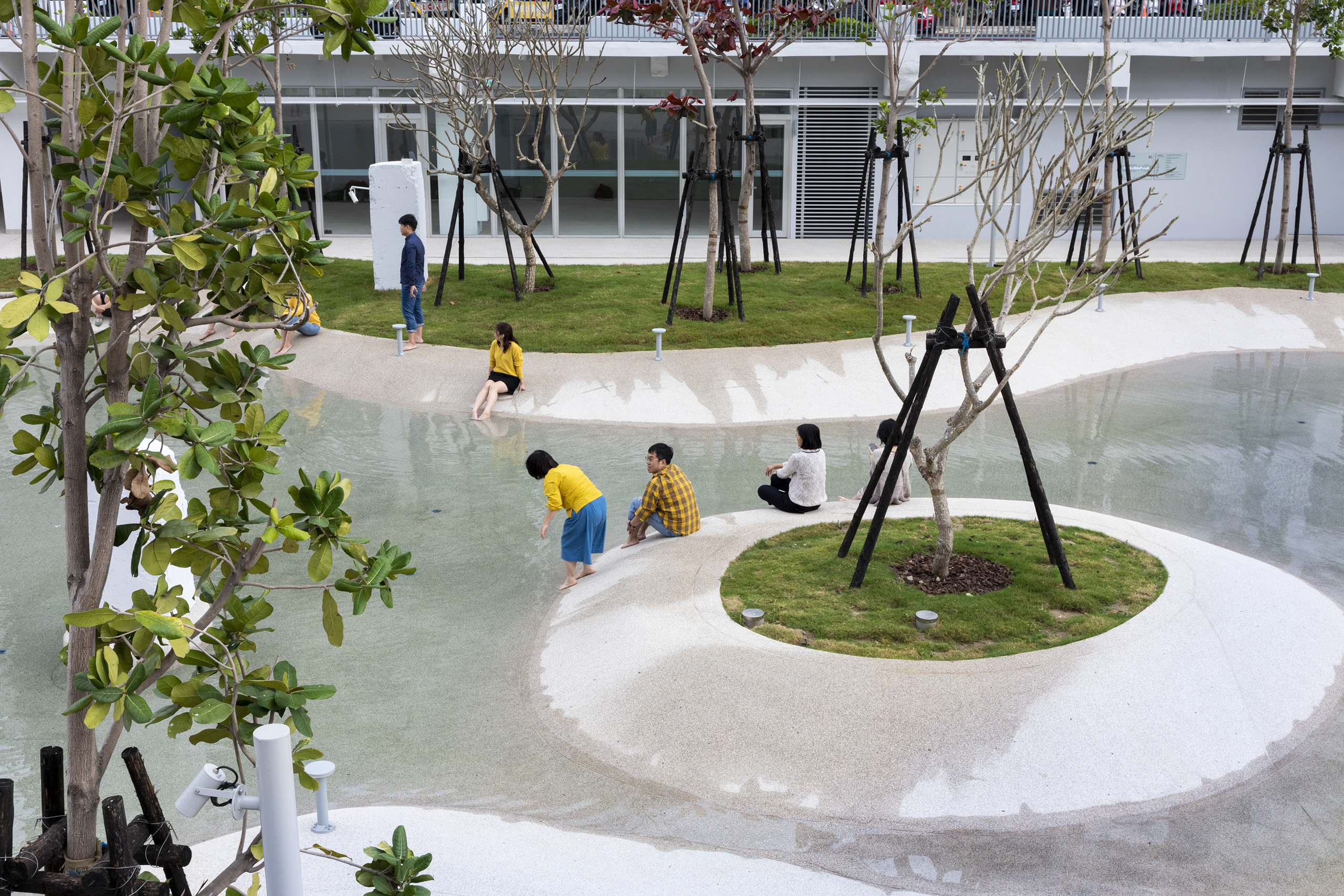
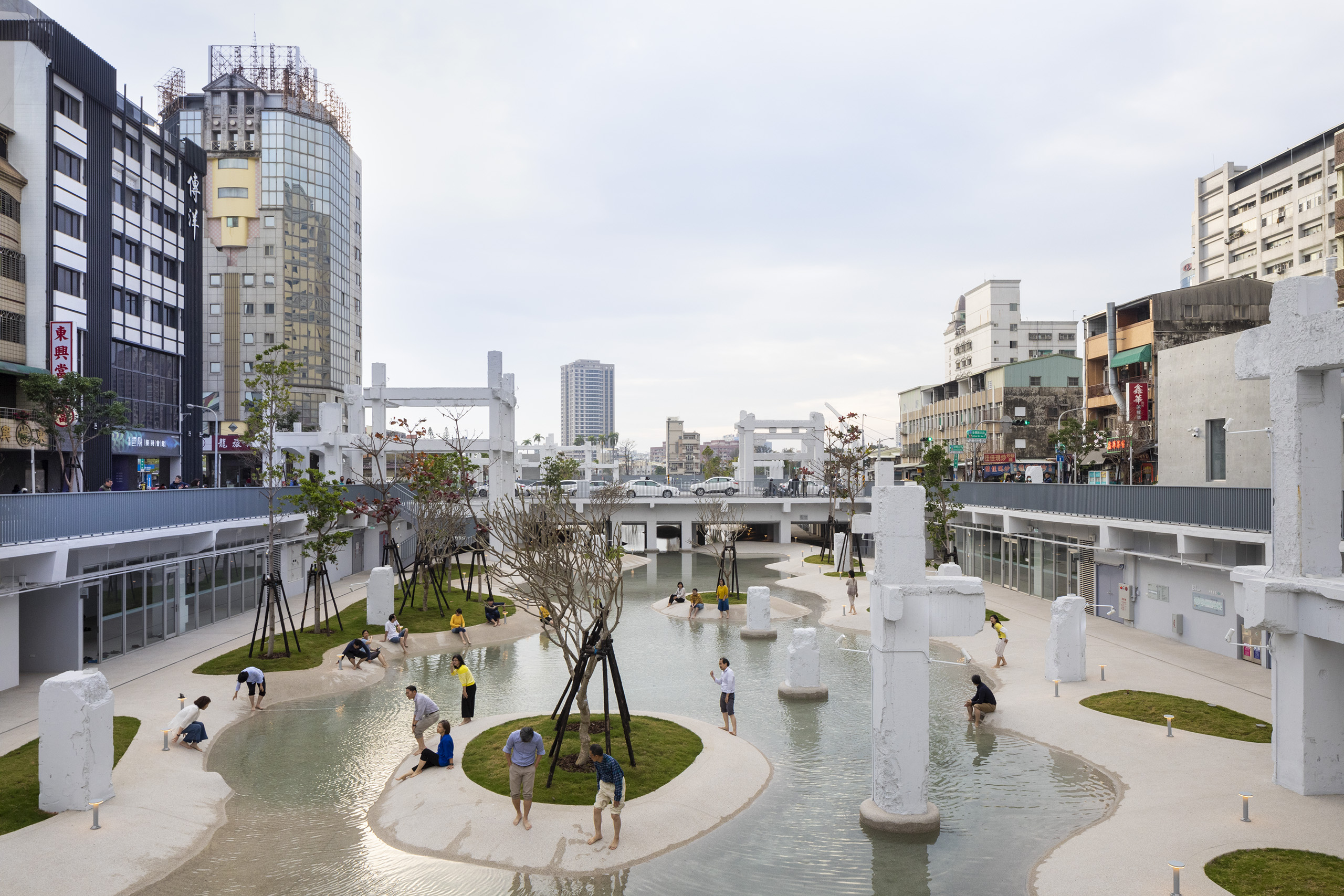

Tainan Spring by MVRDV Tainan, Taiwan
Jury Winner, 2020 A+Awards, Concepts – Plus – Architecture +Urban Transformation
In Tainan, MVRDV’s conversion of a former city-center shopping mall into an urban lagoon produced a vibrant new leisure space for city dwellers and had the added benefit of revitalizing the nearby Haian Road. By transforming an underground parking level into a sunken public plaza, the lagoon behaves like a contemporary Roman Forum; it visually captures the historic decision to close a port in favor of a mall. At the same time, reducing vehicular traffic and improving pedestrian pathways gave one of the city’s busiest streets a new lease.

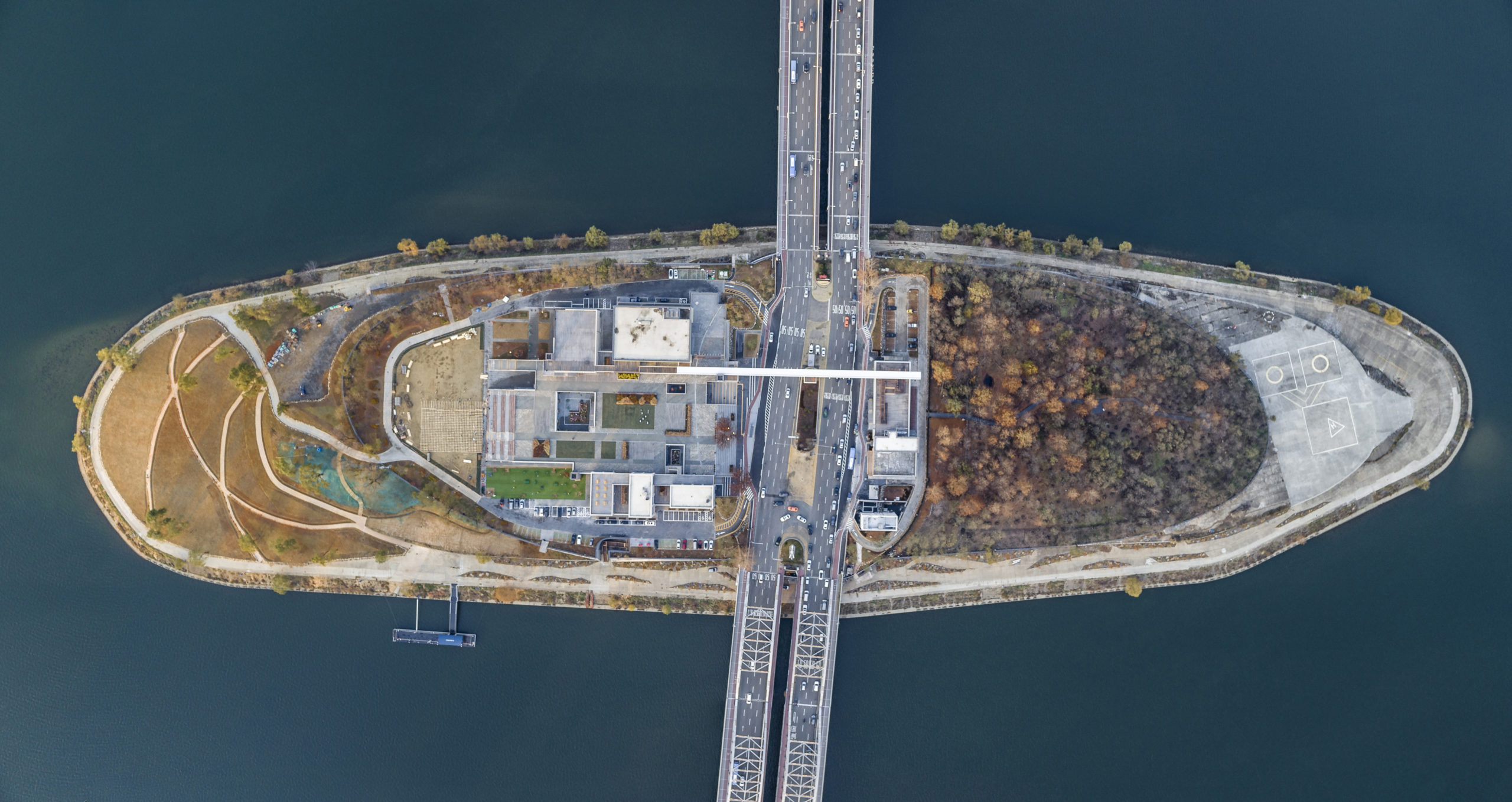
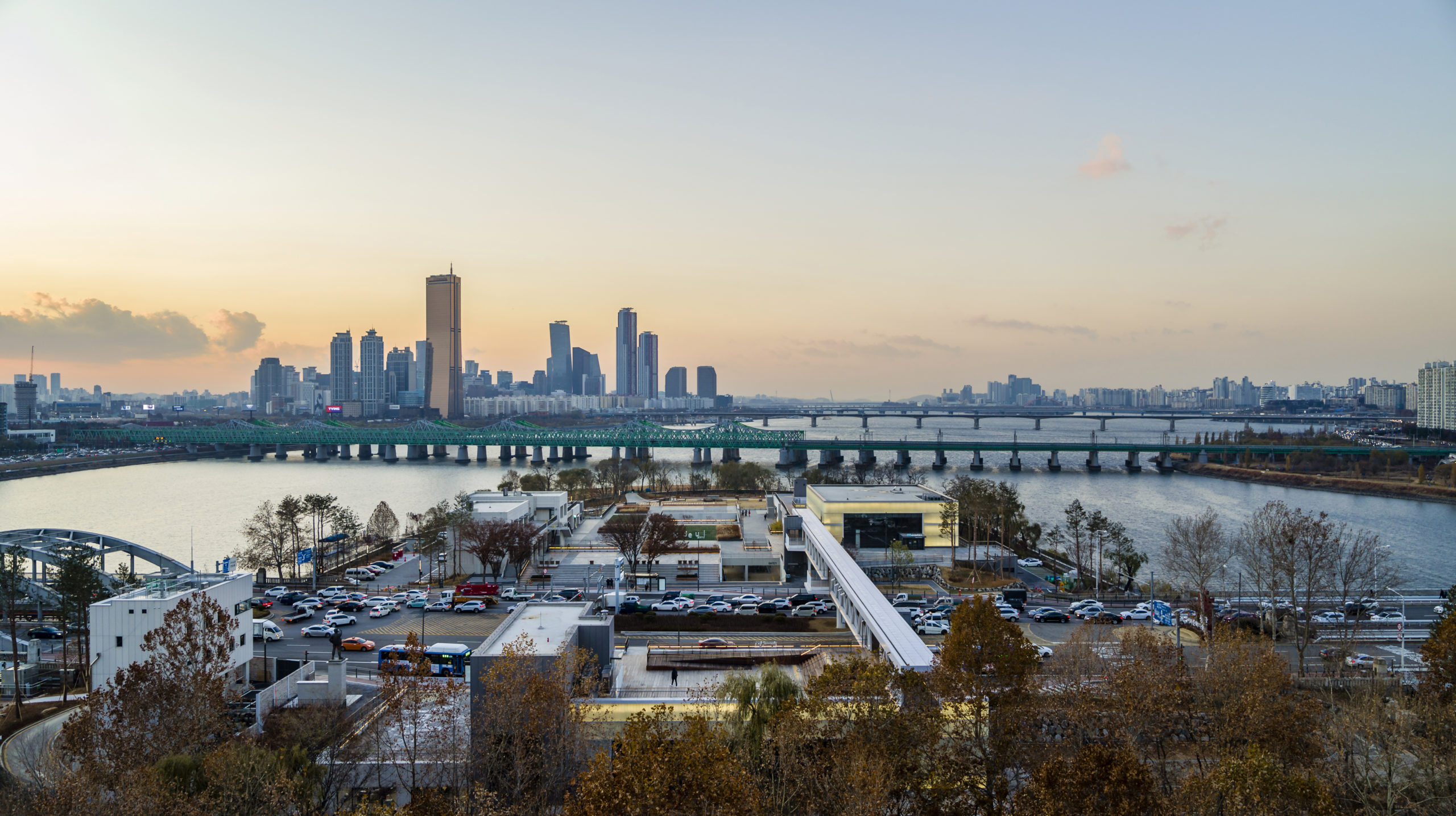
Nodeul Island by mmkplus, Seoul, South Korea
Popular Winner, 2020 A+Awards, Concepts – Plus – Architecture +Urban Transformation
Set in the center of Seoul’s Han River, Nodeul Island is an artificial landmass, first constructed to support a pedestrian bridge in 1917. Despite its proximity to the city center, the island was abandoned for decades and is only now being recognized for its potential as a desirable community hub. The masterplan envisions a landscape chock full of spontaneous social interactions: offices, shops, galleries, a bookstore, a multi-purpose hall, and a 450-person performance hall are set in a multi-level village-like plan that allows a small community of user groups to coexist in a natural setting harmoniously.
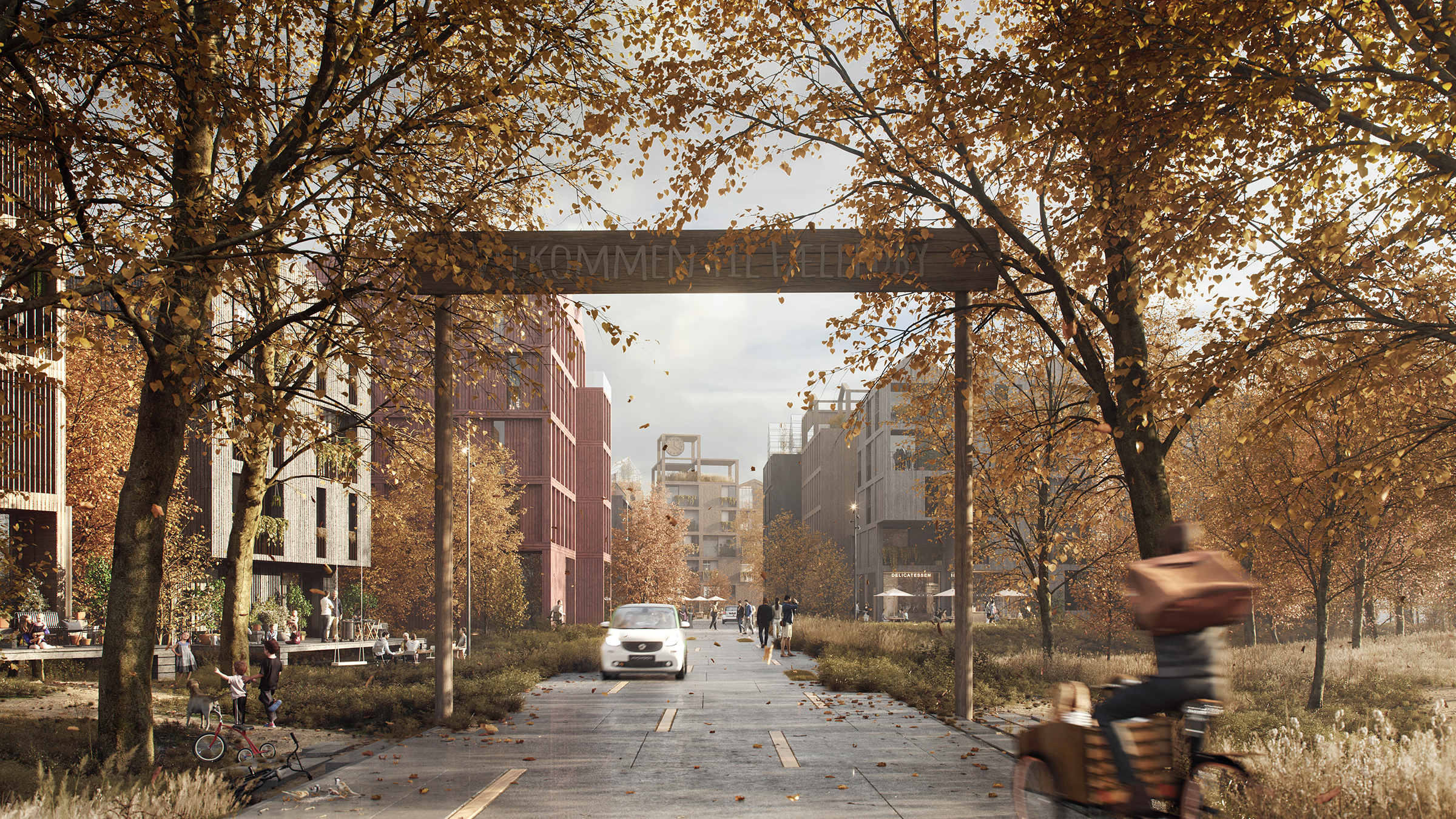
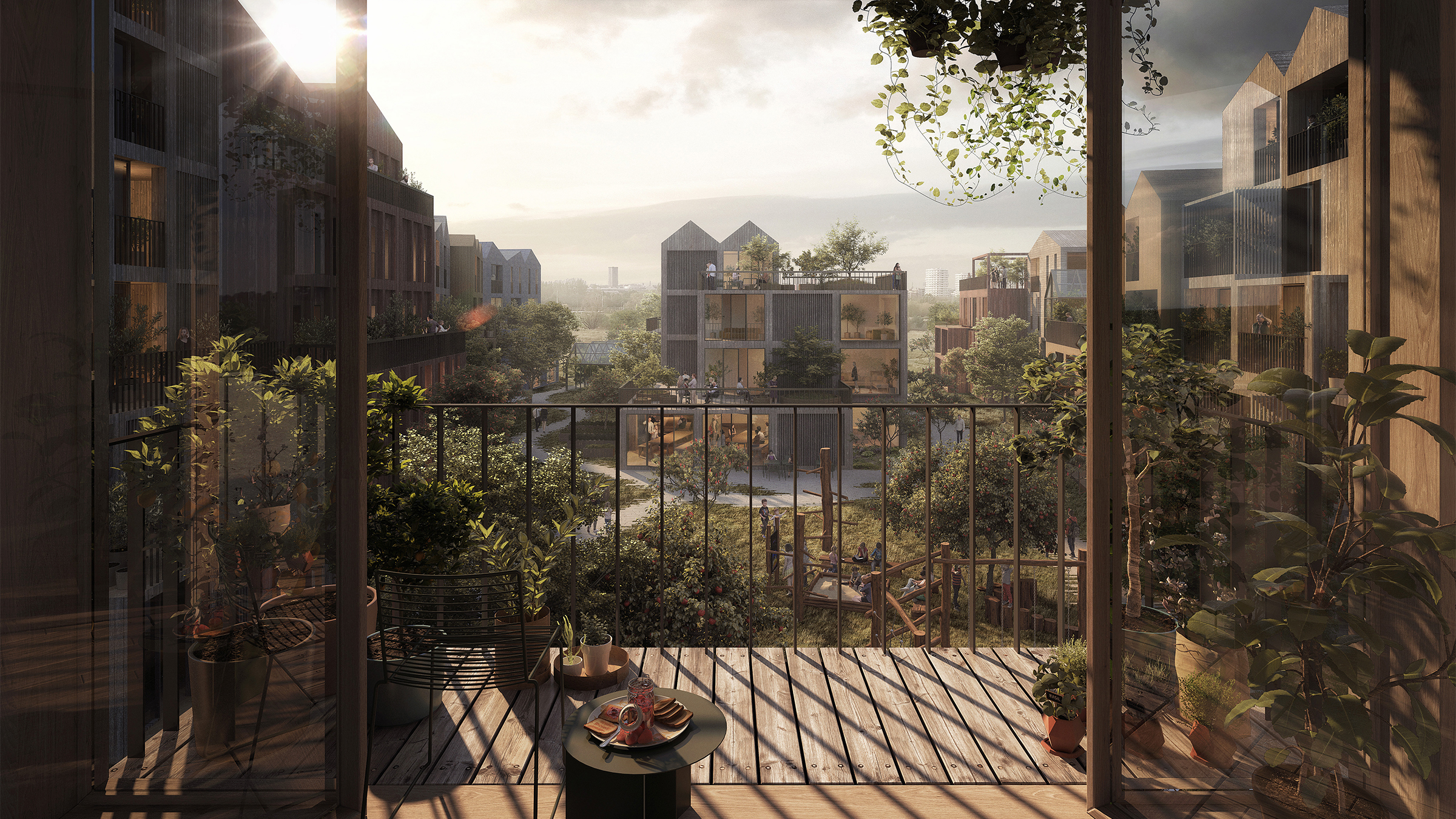
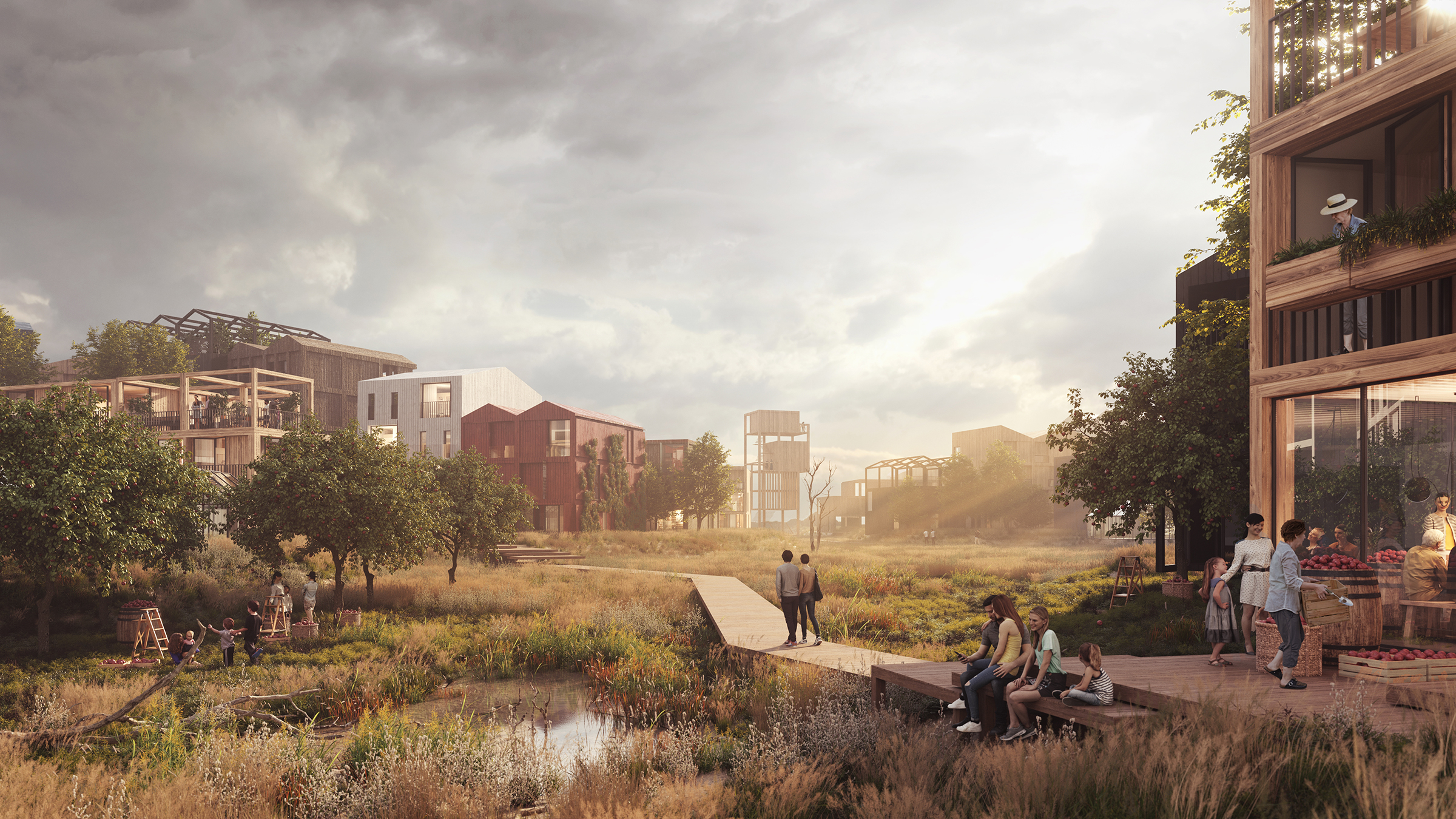
Vejlands Quarter by Henning Larsen, Copenhagen, Denmark
Jury Winner, 2020 A+Awards, Landscape & Planning – Unbuilt Masterplan
Copenhagen’s next “it” neighborhood demonstrates the country’s holistic approach to fusing environmentally-minded design with sustainable lifestyles. Set in a former dumping ground, this model for collective living places nature at its core; nearly half of the site will be dedicated to the natural world, which will first undergo remediation in order to increase local biodiversity. Buildings will be entirely timber constructions, and inhabitants will share their homes with birds and animals, whose habitats will be built into the facades. U By placing environmental concerns at its core, the Vejlands Quarter promotes collective living and greener future — literally and figuratively.
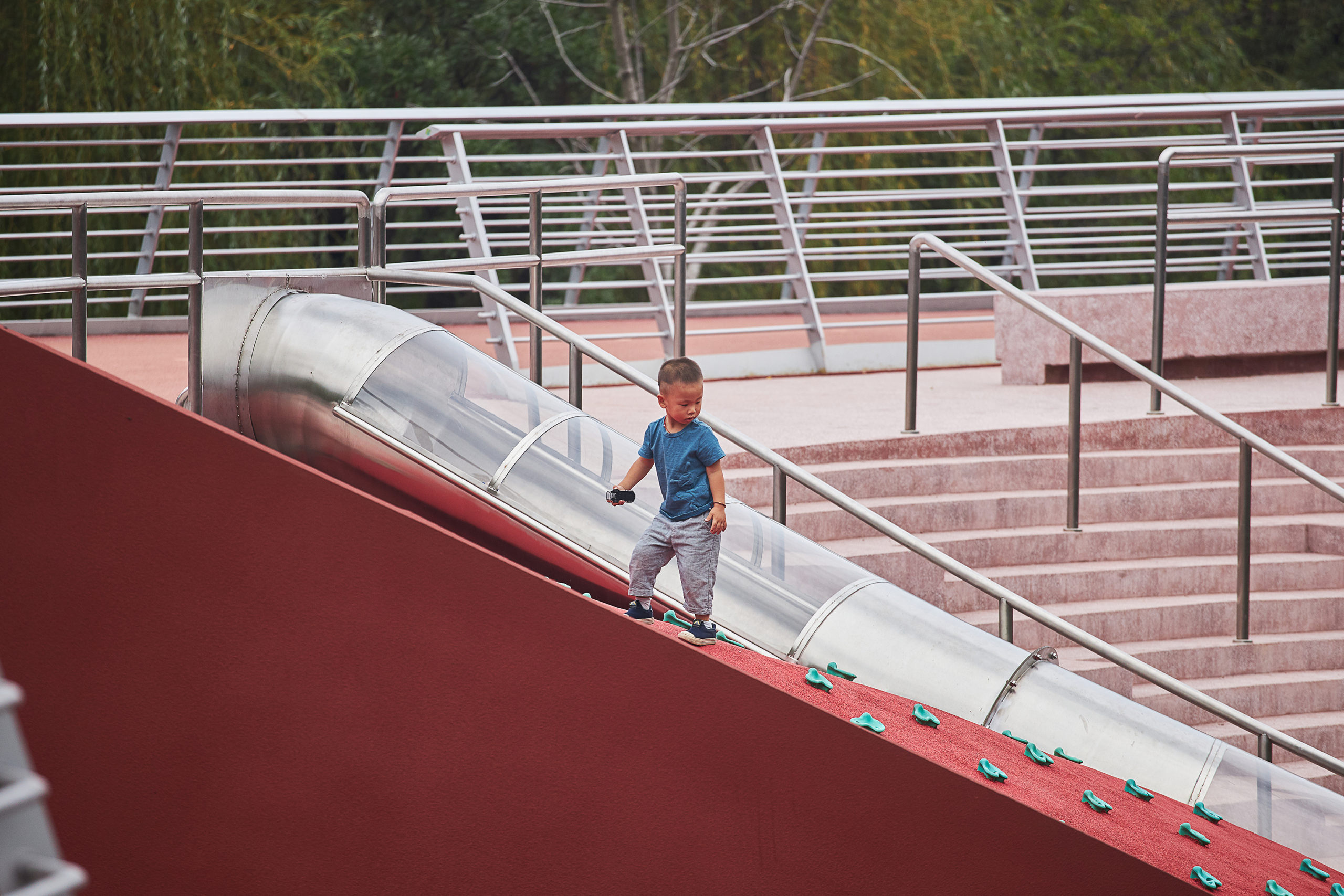
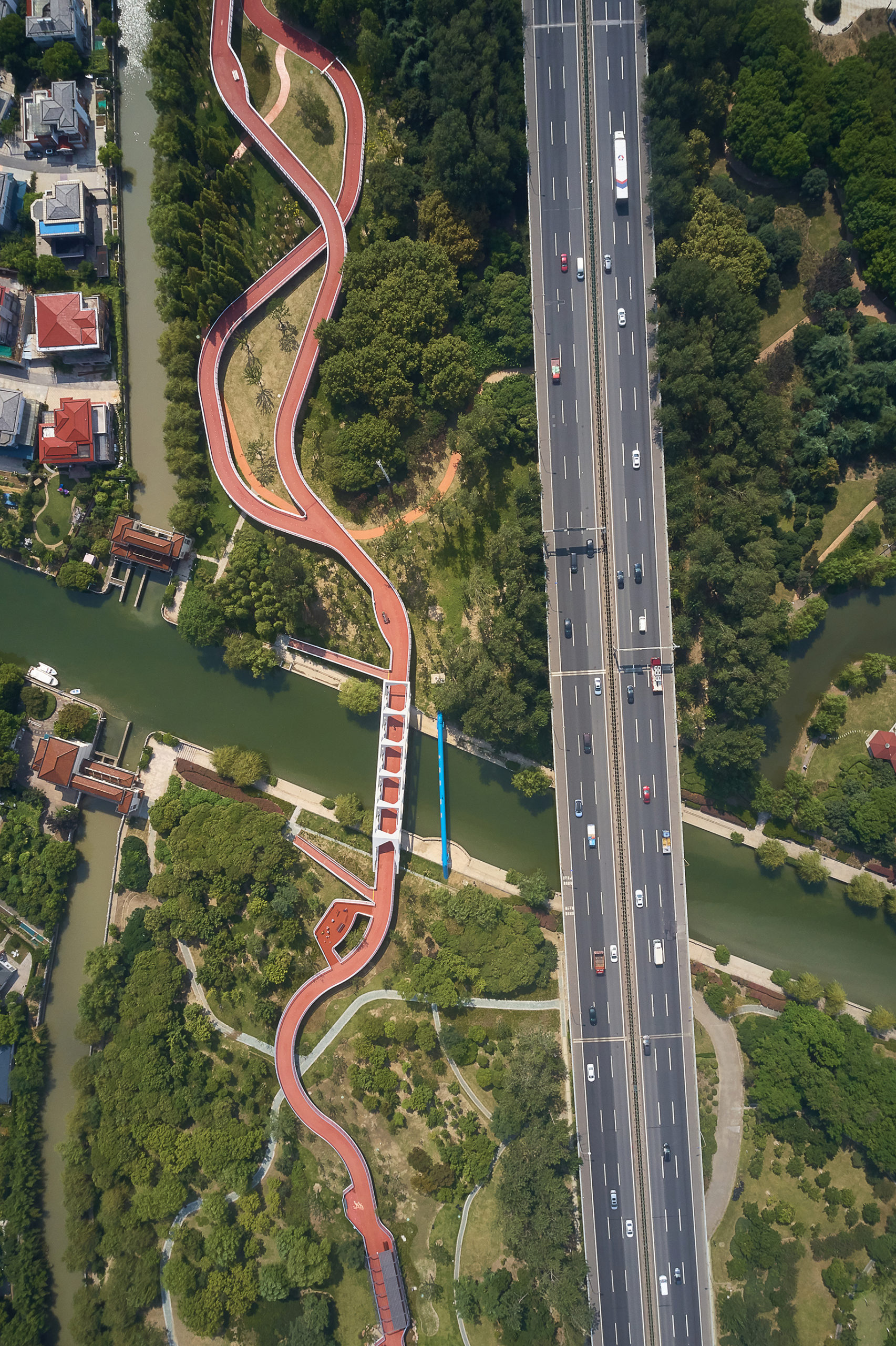
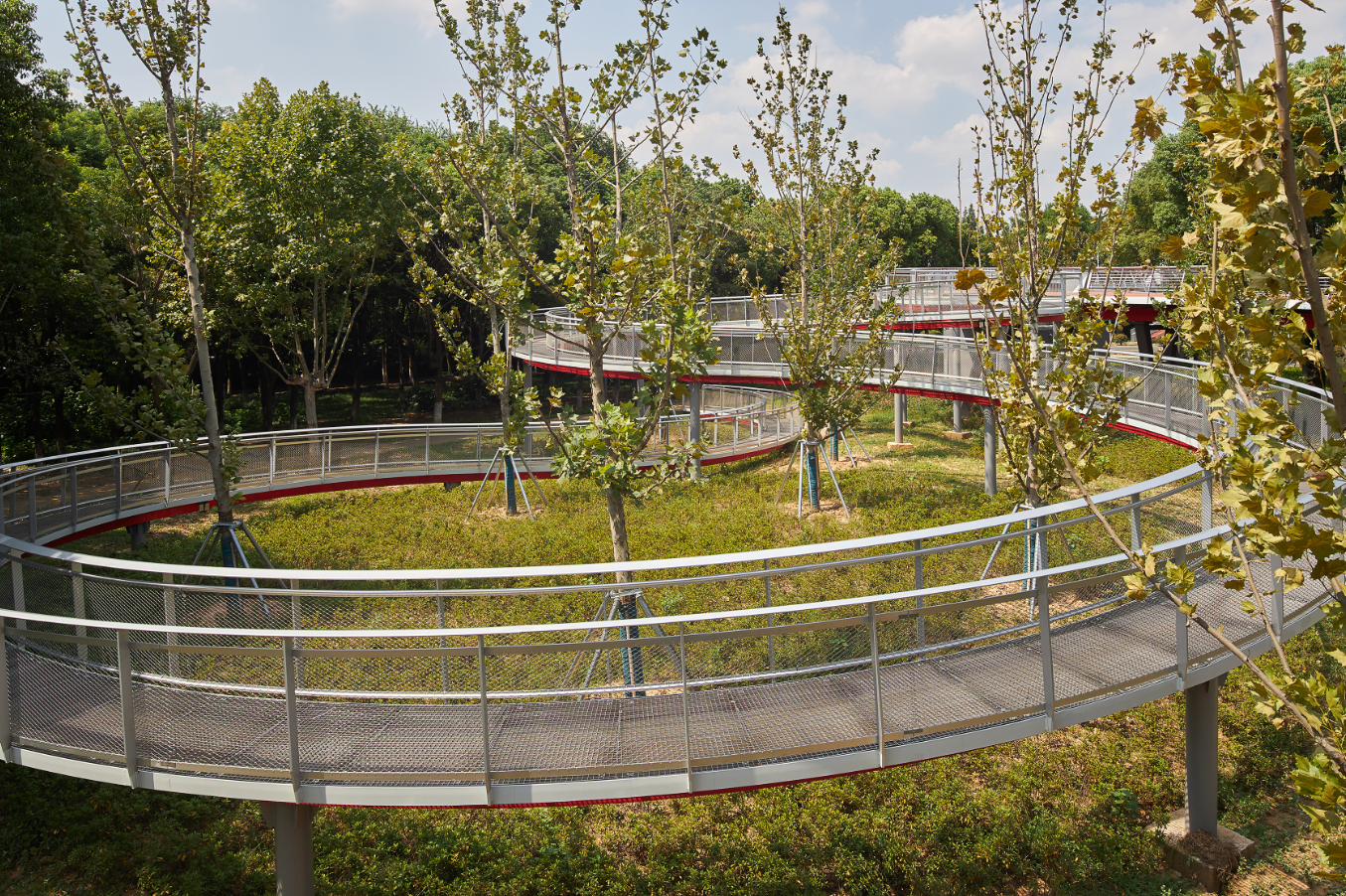
Jiangyin Greenway – Weaving and Stitching by Brearley Architects and Urbanists, Jiangsu, China
Jury & Popular Winner, 2020 A+Awards, Landscape & Planning – Urban Masterplans
More than an elevated walkway, the Jiangyin Greenway is an urban intervention that brings coherence to an area of the city that was left disjoined by previous uncoordinated decision making. It is a cost-effective and poetic solution built along the Yangtze river that creates a distinct identity in a remarkably forgotten natural area. Yet, not even the term “civic infrastructure” truly covers the scope of this project’s reach. Designed as a scaled model of the Yangtze River, with various “cities” and “tributaries” along, or plazas and balconies, offering information boards with local histories that immerse visitors in the larger story of the region, while intertwined with the raised freeway as if to suggest that it is not a barrier to citizens.
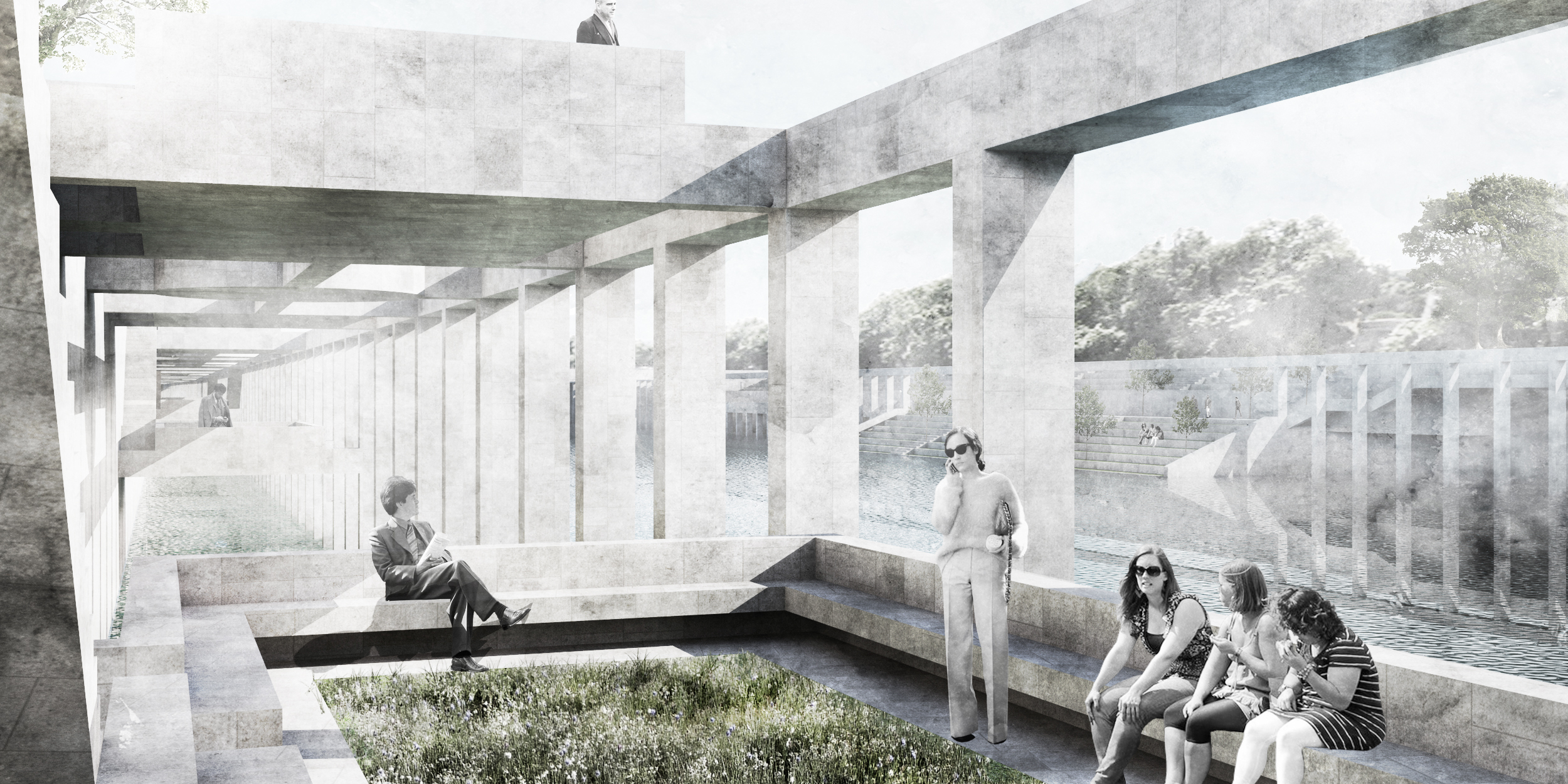
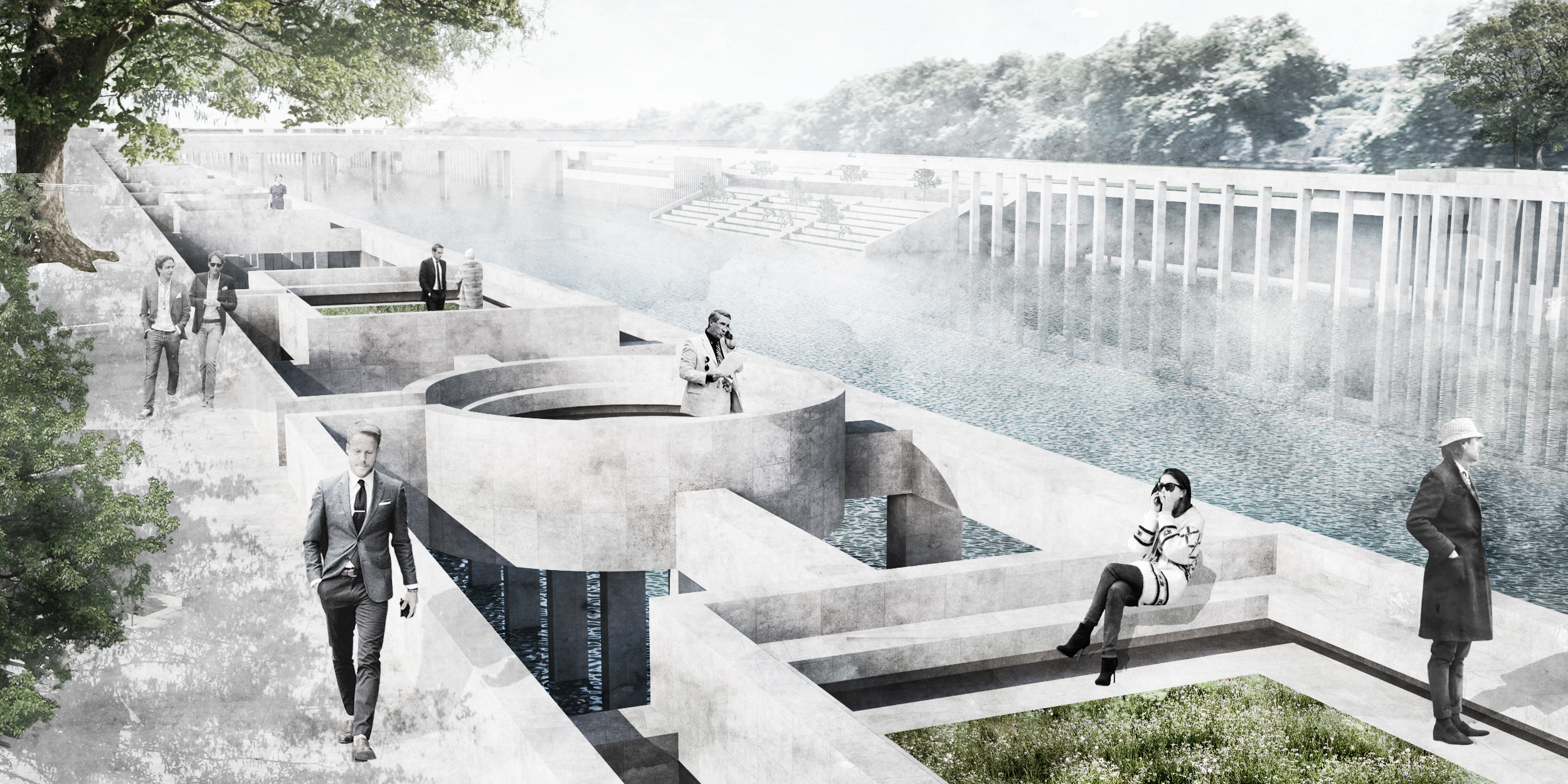
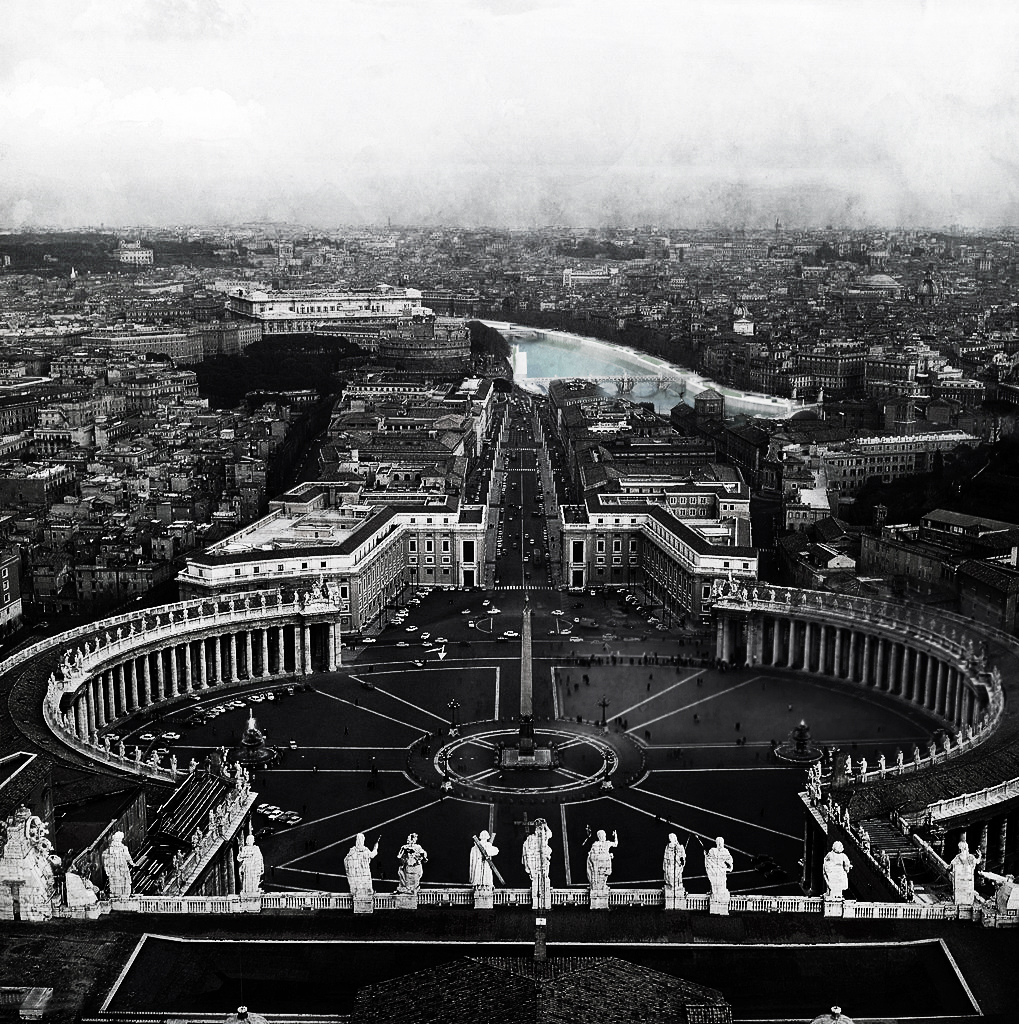
Roman Façade/Piazzas of the Tiber by Ballman Khapalova, Rome, Italy
Jury Winner, 2020 A+Awards, Landscape & Planning – Unbuilt Masterplan
For millennia the Tiber River has wound through Rome in a meandering path that cuts the Eternal City in two. Yet, despite this long presence in the urban fabric, the vertical drop from city to water has left its banks underused and under-appreciated during modern times. This series of bold facades and piazzas seeks to remedy this neglect. By adding a thickened, inhabitable façade that resonates with the adjacent bridges and piazza façades throughout Rome, it also aims to reconnect the two sides of the city that have been spliced for centuries.
Cities across the globe are creating new public spaces out of neglected areas and revitalizing abandoned infrastructure. Submit projects that contribute to urban development and change to the Architecture +Urban Transformation category in the 11th Annual A+Awards program.





 Jiangyin Greenway - Weaving and Stitching
Jiangyin Greenway - Weaving and Stitching  Nodeul Island
Nodeul Island  Roman Façade/Piazzas of the Tiber
Roman Façade/Piazzas of the Tiber  Tainan Spring
Tainan Spring  Vejlands Quarter
Vejlands Quarter 